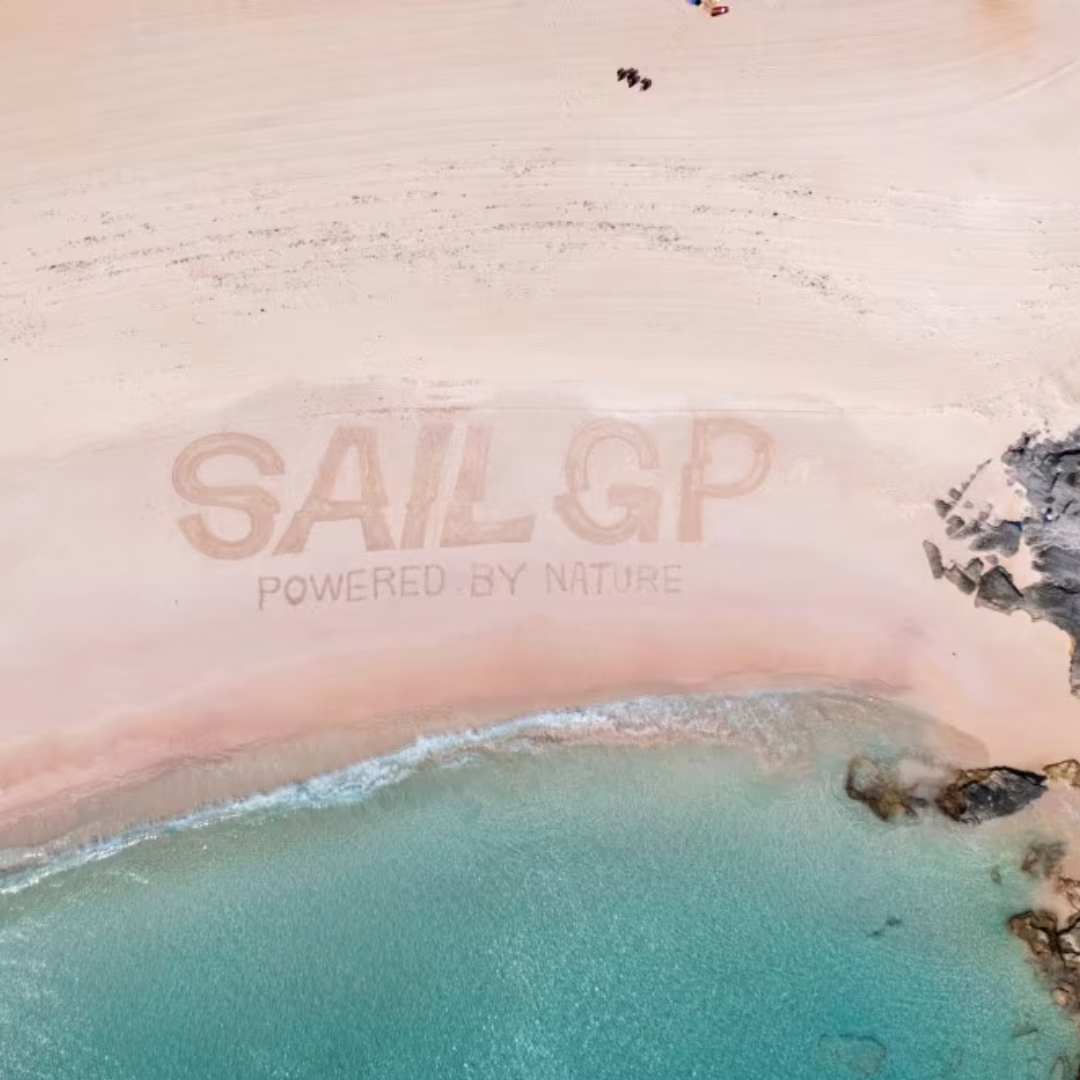Cut, Capture, and Commit: OCW’s Net Zero Equation
As the urgency to address climate change intensifies, organisations worldwide are committing to net-zero emissions targets. Achieving these goals needs a comprehensive approach that combines substantial emissions reductions with credible carbon sequestration efforts. The Science-Based Targets initiative (SBTi) is central to this strategy, as it provides a robust framework for setting and validating emission reduction targets aligned with climate science.
 Watch Video
Watch Video.png)
Understanding Net Zero and the Importance of Emissions Reductions
Net zero goes beyond carbon neutrality. While carbon neutrality typically focuses on offsetting carbon dioxide emissions (often through the purchase of carbon credits) without necessarily changing existing operations, net zero demands comprehensive reductions across all major greenhouse gases, including CO₂, methane, and nitrous oxide. It requires fundamental changes to how organisations operate and manage their supply chains.
In essence, achieving net zero means balancing the total greenhouse gases emitted with an equivalent amount removed from the atmosphere. To limit global warming to 1.5°C, as outlined in the Paris Agreement, organisations must prioritise reducing their own emissions across Scope 1 (direct), Scope 2 (indirect from energy), and Scope 3 (value chain) sources. Residual emissions—those that are technologically or economically challenging to eliminate, also known as unavoidable emissions—should be addressed through high-quality carbon removal strategies.
The Role of the Science-Based Targets Initiative (SBTi)
Established in 2015, the SBTi is a collaboration between CDP, the United Nations Global Compact, World Resources Institute (WRI), and the World Wide Fund for Nature (WWF). Its mission is to drive ambitious climate action in the private sector by enabling companies to set science-based emissions reduction targets. As of 2025, over 10,000 companies have committed to or set targets validated by the SBTi.
The SBTi's Corporate Net-Zero Standard provides different pathways to achieve net zero, but this typically involves:
- Reducing absolute emissions by at least 90% across all scopes before 2050.
- Addressing residual emissions through carbon removal strategies, such as afforestation, regenerative agriculture, or technological solutions.
- Setting interim targets and developing transition plans with clear milestones.
This framework ensures that net-zero commitments are grounded in scientific rigor and contribute meaningfully to global climate goals.
One Carbon World: Supporting Organisations on the Path to Net Zero
One Carbon World (OCW) is dedicated to supporting businesses and organisations in their journey toward net zero. And our Grant Fund covers 50% of the cost of that journey. We offer a comprehensive set of services, including:
- Emissions Measurement, Verification, and Analysis: we help organisations accurately measure their carbon footprints, identifying key emission sources across operations.
- Target Setting and Strategy Development: we leverage the SBTi framework to support clients in setting credible, science-based emissions reduction targets.
- Emissions Reduction Initiatives: we provide guidance on implementing effective strategies to reduce emissions, such as energy efficiency improvements and other sustainable value chain practices.
- Insetting and Offsetting Solutions: for residual emissions, we facilitate access to high-quality carbon credit projects, as well as nature-based solutions like reforestation and afforestation, and regenerative agriculture.
Bridging the Gap: Integrating Reductions with Carbon Sequestration
While emissions reductions are paramount, achieving net zero also involves addressing residual emissions through carbon sequestration. As explained, this can be accomplished via:
- Insetting, by implementing carbon reduction projects within an organisation's own resources and value chain, such as sustainable agriculture practices that enhance soil carbon storage. With carbon credit prices set to soar, having your own carbon sink to achieve net zero and drive ESG benefits has a clear business case. This is particularly relevant to organisations linked to the Forestry, Land, and Agricultural sectors (FLAG). We enable the process at each stage, ensuring rigour and success.
- Offsetting, by investing in external projects that remove or prevent the release of greenhouse gases. OCW ensures that all offset projects meet rigorous standards for additionality, permanence, and verifiability, aligning with best practices and enhancing the credibility of our partners.
Conclusion
Achieving net-zero emissions is a complex but essential goal for organisations committed to mitigating climate change. By setting science-based targets through the SBTi framework and partnering with experts like One Carbon World, businesses can develop and implement effective strategies that combine substantial emissions reductions with credible carbon sequestration efforts. This integrated approach not only contributes to global climate objectives but also positions organisations as leaders in sustainability and corporate responsibility. Click here to apply for a grant and start your journey today.

Our Projects

Turning the Tides: How Sail GP is Redefining Climate Leadership in Sports
.png)
Farming for the Future: Sasini's Journey to Net Zero






